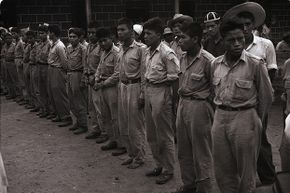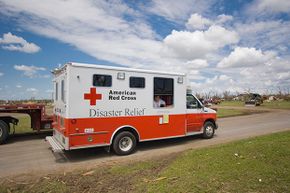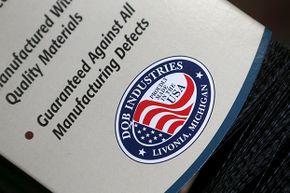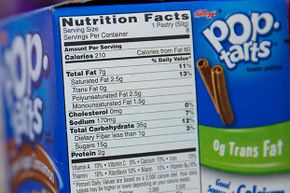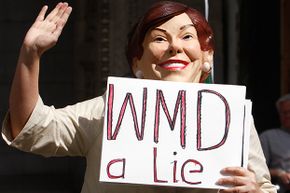During World War II, a wealth of processed, nonperishable foods were created to ship to American soldiers. When the war ended, the companies that produced these foods wanted to keep business going but the public wasn't interested in eating this canned and boxed stuff. No, they wanted to eat fresh, wholesome foods just as they always had. So the companies began aggressive public relations campaigns to change consumers' minds.
One of the first campaigns that finally resonated was for boxed cake mixes that needed just one egg to be made. Letting the homemaker contribute to the baking by cracking that one egg made a boxed mix seem less fake. Eventually the public bought into purchasing and consuming all sorts of prepackaged foods, which hasn't turned out to be the best thing for our diets [source: Bogacki].
Advertisement
At least those PR campaigns weren't intentionally deceptive. Yes, they may have employed psychological methods to make us buy something we hadn't previously wanted, but they weren't using overt lies. Unfortunately, there are many instances in the past where PR campaigns intentionally lied, deceived and misled the public to achieve their goals. We'll tell you about 10 of the most egregious ones.



